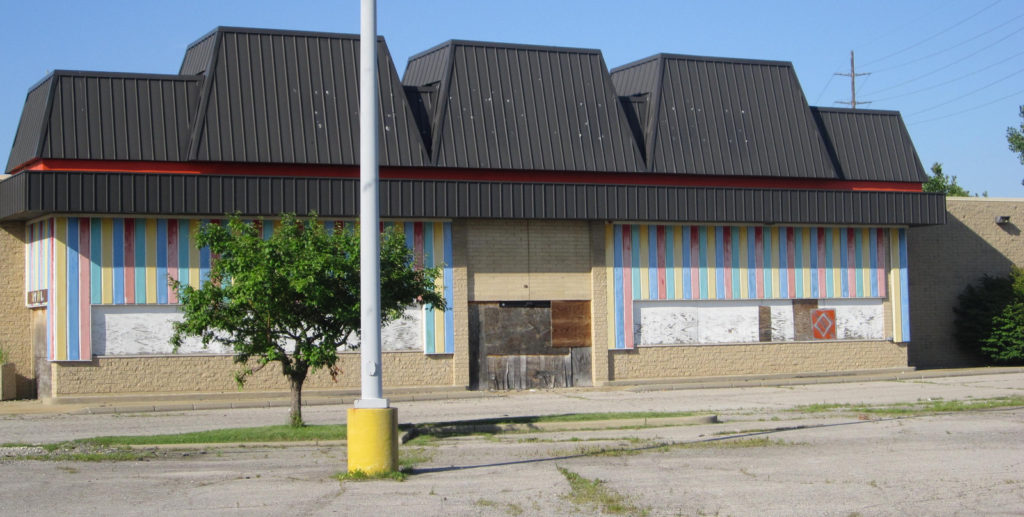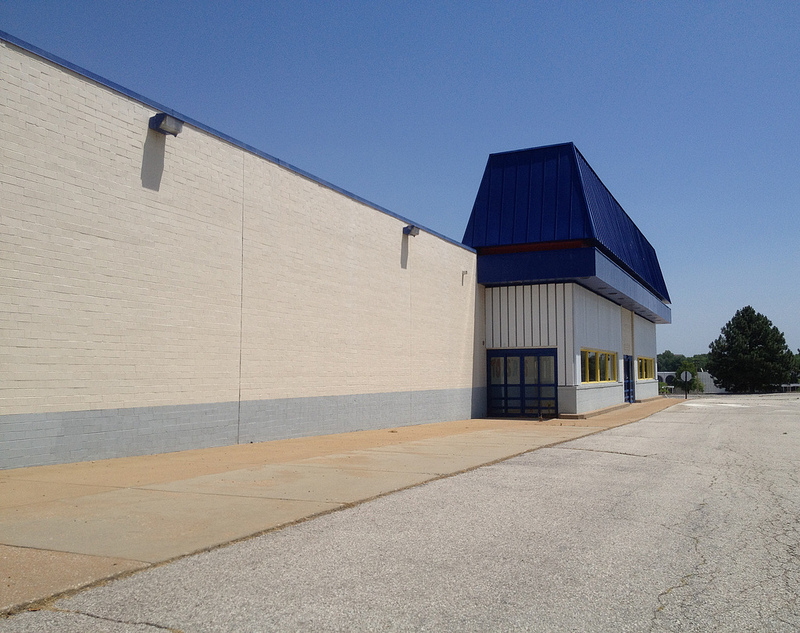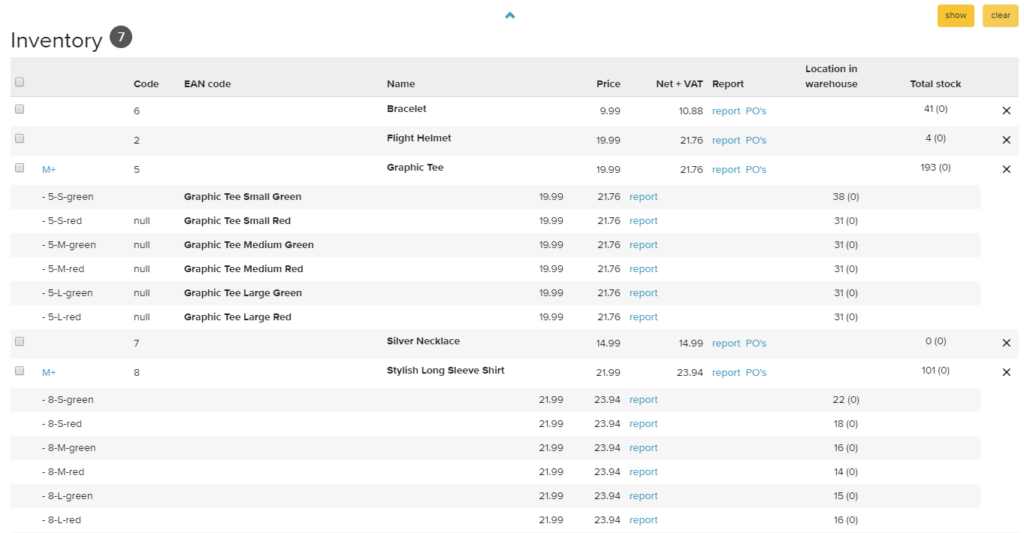The final reason for the closures may be the debt – but the truth of the matter is that Toys ‘R’ Us landed in this predicament for many reasons. Their poor performance, which led to their not being able to afford their debt, can be attributed to many things. For small and medium-sized businesses, there are several lessons that can be gleaned from the Toys ‘R’ Us shutdowns. Here are a few other ways that this company contributed to its current condition:
1. They closed down the main store at Times Square.
In 2015, the company closed its flagship location in Times Square, without having a new location in mind for the new flagship. This location was more than just another location for the chain – it was a tourist attraction. The giant Empire State Building built of LEGO pieces in the store, as well as the indoor ferris wheel featuring the company’s logo, were frequently photographed by tourists and visitors from all over the world. The reason for shutting down this location was, reportedly, inability to afford the rent at the location any longer.The problem here is two-fold. First, Toys ‘R’ Us closed down what was their most popular attraction for shoppers. Second, they didn’t reopen that store in any other nearby location. Instead, they simply retired the flagship and let other locations in Brooklyn, Queens, and Union Square take over the retail duties of this store. When you have an attraction that visitors flock to, be sure you have a backup plan if you must move or close down that attraction.
2. They treated their stores like warehouses, rather than experience shops for kids.
The biggest reason that the Times Square location was so loved by guests was that it was more than just a warehouse to go to for shopping purposes. It was an experience, with something unique that really made visiting worthwhile. Giving consumers an additional reason to walk through the doors, beyond just buying a product, is essential for building a brand.
Toys ‘R’ Us in Euclid, OH. Photo by Mike Kalasnik
Toys ‘R’ Us CEO Dave Brandon has said that plans for the future of the company include adding more experiences to the stores that remain open, such as toy demonstrations and other fun activities.
3. They couldn’t compete with Amazon in logistics.
If you are going to treat your business like a warehouse, rather than an experience, then you have to focus on competing with the world’s leading warehouse for just about everything: Amazon. While Toys ‘R’ Us’ failure cannot be totally blamed on Amazon, it’s hard to ignore the way this mega-corporation has changed online shopping. If companies can’t compete with the amazing selection, super-fast shipping, and low prices on Amazon, then they are definitely not going to perform as well. For many businesses, the problem isn’t necessarily in how much stock they carry, but in getting it to the store or the customer in a timely manner. Managing multiple warehouses and tons of product lines is much easier when you have a POS system that automatically tracks every item in your system. This allows you to give customers accurate estimates in arrival times for products, and also helps you better predict need, so that you can eliminate how often customers are forced to wait on the product in the first place.

Toys ‘R’ Us in St Ann, MO. Photo by Mike Kalasnik
4. Their presentation was hectic, leading to poor customer service.
Any customer who had ever shopped in a Toys ‘R’ Us before could report feeling overwhelmed when walking into one of their locations. With too many different products arranged in messy displays, most of the chain’s stores could be described as hectic. This not only led to customers feeling unwelcome but also made for poor customer service. When inventory is all over the place, not neatly or stylishly displayed, and frequently in a jumble, it is hard to help customers find what they are looking for.This is one of the biggest lessons that any small or medium-sized business can take from the Toys ‘R’ Us debacle. In many cases, limiting the variety of your in-store inventory, and making sure it is displayed in organized and stylish ways, can be more inviting than having all your inventory out in view. Additionally, giving employees access to inventory in a mobile POS system can ensure that they are better equipped to offer great customer service.
CEO Brandon mentioned that Toys ‘R’ Us stores will begin carrying fewer products in the future to cut back on this problem, which would also help simplify operations and customer service.
5. Their inventory management wasn’t well-planned or executed.
Something that Toys ‘R’ Us could have benefited from was a better inventory management system. Customers frequently reported that the newest products being advertised weren’t available – in fact, there was an iconic Christmas movie made about toy stores running out of the latest and greatest toys that closely mirrored many people’s real-life experience with Toys ‘R’ Us. By not having great inventory management and poor attention to detail when ordering stock, many of the stores left customers no choice but to head to Amazon or other online retailers to find things they wanted.

Erply’s inventory management gives you detailed insight into what’s selling and what isn’t. Track your stock levels closely and place your orders with enough time to keep your best sellers on the shelves.
6. They didn’t carry original products.
One of the biggest reasons that Toys ‘R’ Us struggles to compete against the likes of Amazon and Wal-Mart is that they don’t carry any exclusive product lines. Their products are the same products that you can find at other big chain retailers, and often at more savings and in more convenient ways. Customers can get the same products online without having to venture into stores where they can’t be sure that the product will even be in stock.The lesson here? Stores must give customers a specific reason to visit them over shopping elsewhere. It isn’t enough to offer a good selection of products, great customer service, or even an experience-based sales strategy. Stores need an exclusive line of products, whether they are house products or an agreement to exclusively sell a third-party product. This ensures that customers must come to you because they can’t get what you offer anywhere else.
7. They lacked a modern strategy for customer engagement.
Finally, Toys ‘R’ Us lacked an engagement strategy when it came to their customers. Customer engagement means building and nurturing relationships with customers to promote brand loyalty. Without it, customers feel no connection to the company, and that gives them even fewer reasons to return. Today’s modern customer expects to connect with a brand online (via social media and email); through loyalty programs; through personalized content; and more.A better loyalty program and a bigger focus on engaging through the Babies ‘R’ Us registry program are two of the things that CEO Brandon said the chain would be doing in the future to improve in this area.

Erply’s built-in loyalty programs make it easier for a retail business to engage with customers and give them special incentives.
How Erply Can Help
While many of the issues that Toys ‘R’ Us faces are directly related to poor marketing and store design decisions, many others are related to the way inventory is handled. Having a great inventory management system is part of what helps businesses avoid these problems, and keep customers coming back. There are many ways that Erply retail software can help. For example:
Find the right balance of inventory
for products that move faster than others, something that companies like Whole Foods and Toys ‘R’ Us have been struggling with recently.
Keep customers coming back
with things like coupons and loyalty programs, all of which ERPLY can manage automatically in the system with just a few quick settings.
Compete with Amazon
and other online retailers by offering extras, like BOGO sales and personalized promotions, which are easy to set up in Erply.
To Sum It Up
The take away from the Toys ‘R’ Us debacle is that even mega-chains are making bad decisions that are costing them billions in sales. Here’s what you need to do to avoid these mistakes:- Don’t turn your back on what is working for you. Find new ways to engage customers with the most iconic element of your main location if you must move.
- Your brick-and-mortar location should be an experience, not just a retail location.
- If you are competing with Amazon or other online retailers, you must capitalize on a great POS system to stay relevant.
- Your store must be stylishly organized to make customers want to visit. Your sales team must be able to offer great customer service as well.
- Inventory management is key to keeping customers coming back, especially if your store offers product lines that can be bought elsewhere. You must predict inventory patterns and order accordingly.
- Your store must be set apart by an original or exclusive product line.
- Customer loyalty is every bit as important as attracting new customers. Having a strategy for customer engagement after a sale is a must.